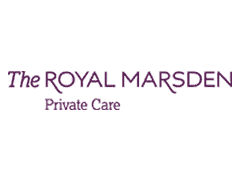A brand architecture needs considering when an organisation or business has many names, many products or many associated businesses or projects.

Before discussing brand architecture it will be helpful to explain the most commonly seen types of branding.
Masterbrand
This is the simplest solution. There is just one concept, one set of values and one logo. If many products or services need referencing these are included simply with text. A good example of this would be many car manufactures such as BMW.
Sub Brand
Here there are trademarks for both the parent and the sub-brand. Good examples or this are Virgin Trains or Microsoft Office. There is a clear hierarchy and relationship with parent and sub brand. Done well these can create ‘brand families’ or groups of sub brands that can be marketed effectively together.
Free standing Brand
Here many products are all treated independently. Best examples include the many unrelated food brands owned by some of the large food companies such as Kraft or Premier Foods. Examples of the free standing brands owned by Premier Foods are OXO, Batchelors, Ambrosia and Mr Kipling.
Endorser Brand
An endorser brand is used to help add weight to another brand. A good example is the Sony Playstation.
Deciding on the best Brand Architecture
When new products or businesses are launched it is appropriate to consider any branding needs. But this does not mean a new brand is actually required. The decision may be to keep with a single Masterbrand. If the values of your customers are the same this will often be best. Yet there is a tendency to ‘over-brand’ which dilutes the impact of the main or parent brand.
Before committing to too many sub brands or free standing brands it is best to consider the option of a single Masterbrand. This has more impact and is used by many of the most successful businesses in the world. Useful advice is to use the simplest suitable branding architecture as this will usually be most effective, despite the temptations to create new brands for new products.
There are some exceptions to this rule, usually when the new product or service has a very different ‘value’ or quality. For example a luxury brand would be better to introduce a second budget brand rather than dilute the perceived value of the original brand.
Another exception is when business separation is a strong possibility later on. A new brand will be needed then, and starting this earlier may be beneficial.
So deciding on the best brand architecture is a strategic marketing decision, determined by potential business plans and marketing strategy. Once these have been clearly defined, the most suitable brand architecture will follow.














